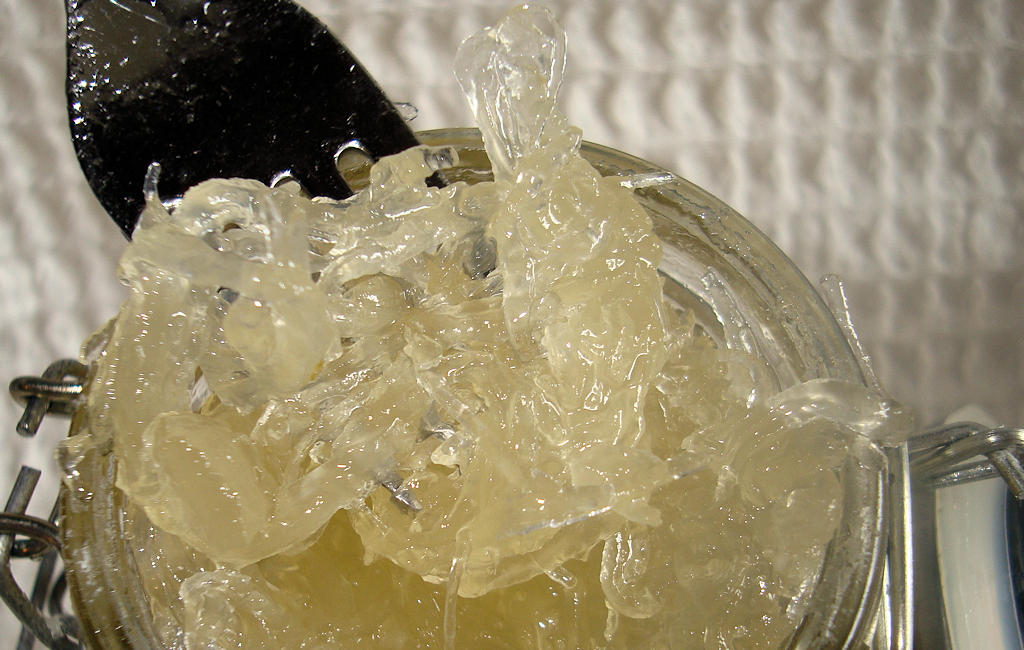Crafting this delightful treat requires a certain level of patience and culinary finesse. To begin the process, the squash is shattered by tossing it onto the ground, a ritualistic act that sets the stage for the transformation that lies ahead. Afterward, the squash is meticulously cleaned and soaked in water for several days, with frequent water changes. This careful treatment ensures the removal of any bitter notes, leaving behind a blank canvas for the flavors to unfold.
Once sufficiently softened, the squash is drained and separated into delicate strands. These strands, akin to edible golden threads, are then boiled in a syrup of sugar, infused with the zest of fragrant lemons and the warmth of cinnamon. Gradually, as the liquid evaporates, the strands intertwine with the sweet essence, developing a luscious texture and a thick consistency. The final result is a jar of Doce de Gila, ready to be preserved for future enjoyment or promptly incorporated into an array of culinary creations. While it is often used as a filling for pastries, cakes, and pies, it also stands confidently as a dessert on its own.
Lisbon.vip Recommends
For those fortunate enough to find themselves strolling the streets of Lisbon, indulging in the rich tapestry of its gastronomic wonders, Doce de Gila is an invitation to immerse oneself in the history and culture of Portugal. It embodies the creativity and resourcefulness of the past, while seducing the senses with its unique texture and captivating taste. It is a testament to the culinary traditions that have shaped this remarkable country, and an opportunity for visitors to discover the hidden gems within its vibrant food scene.
So, dear traveler, as you embark on your Lisbon adventure, do not miss the opportunity to savor the allure of Doce de Gila. Whether enjoyed within a pastry masterpiece or relished on its own, this golden delicacy will transport you to a world where history, culture, and flavors intertwine harmoniously, leaving an indelible mark on your culinary journey through Lisbon's vibrant streets.



